Your bass is the foundation of the song. So it’d better sound good!
This guide to bass tone will show you all the crucial steps to getting a great bass sound. If you want to turn your tone up a notch, you’re in the right place.
What is a “Good” Bass Tone?
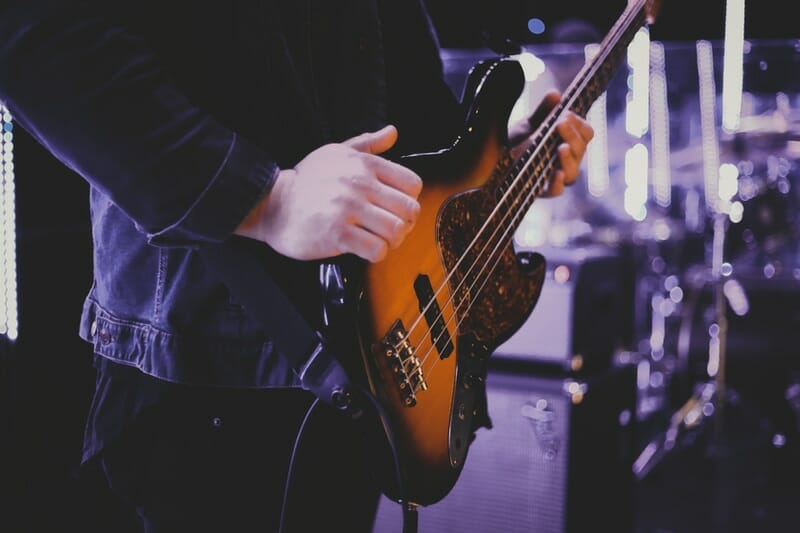
There’s no objective answer. It all depends on your personal taste and the needs of the song.
But there are plenty of bass tones that are beloved and considered classics.
Whether it’s the mid-heavy wah of funk, choppy fuzz of shoegaze, or the deepness of reggae, there are countless ways to modify your bass sound.
We’ll cover how to achieve some of these classic tones. But first let’s go over the basics of how to change your bass tone in the first place.
Pick a Target
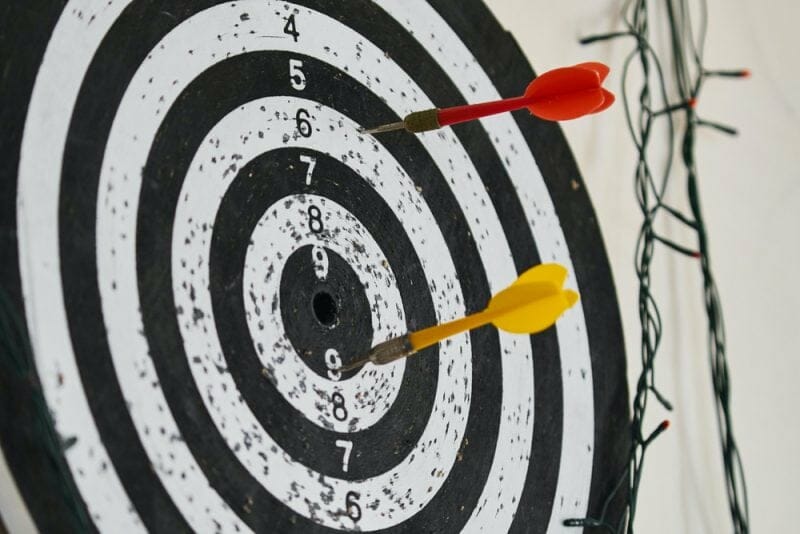
You need to have a specific target in mind for your bass tone. Otherwise you’ll just be buying random pieces of gear, hoping they help.
So before you spend a single cent, pick a few adjectives that describe the bass sound you’re looking for.
Pay close attention to the bass in songs you love. This can help you get a good idea of what you want for your own sound.
For example, the song “Something About Us” by Daft Punk inspired my bass build.
For that song, the bass sounds thick and is really focused on the lows. It’s warm, muted tone envelopes the listener.
So before I bought anything, I knew I wanted my bass to sound thick, warm, and low-heavy. Anything I bought from there on needed to contribute to at least one of those goals.
How to Change Your Bass Tone
Changing your bass tone is like completing a puzzle.
You’re putting a bunch of pieces together to create a bigger picture.
Good bass tone comes from a combination of many parts.
First and most importantly, you’ll want to start with your actual bass.
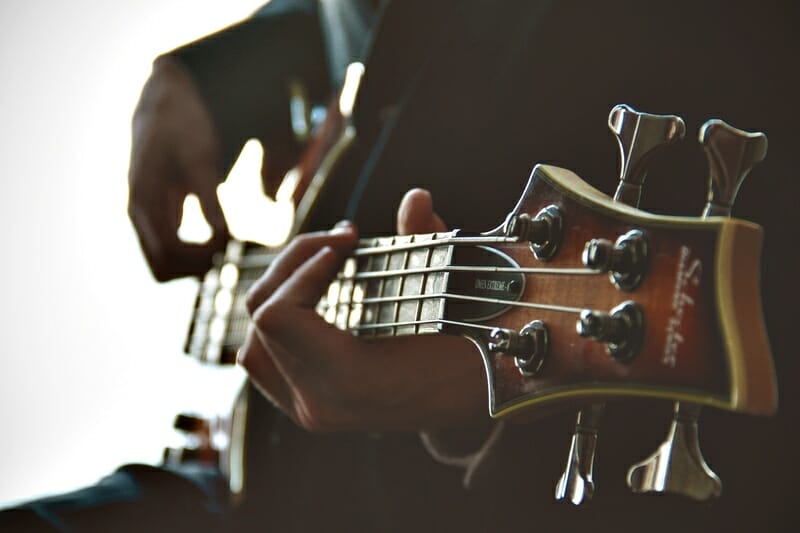
No number of effects are going to help you if your instrument is poorly designed.
You don’t need a super pricey bass. But you may need to invest a little money into modifying your current bass or buying a new one. This can seem like a hassle, but it’s important if you want to improve your sound.
Your Bass
Every little detail of your bass will change its overall sound.
Let’s go over the most common ways people customize their bass. These are the type of bass you choose, your strings, and your pickups.
Types of Basses
Precision basses (P-basses) are by far the most popular types of basses out there. It’s got a thick, punchy sound that focuses on the low end.
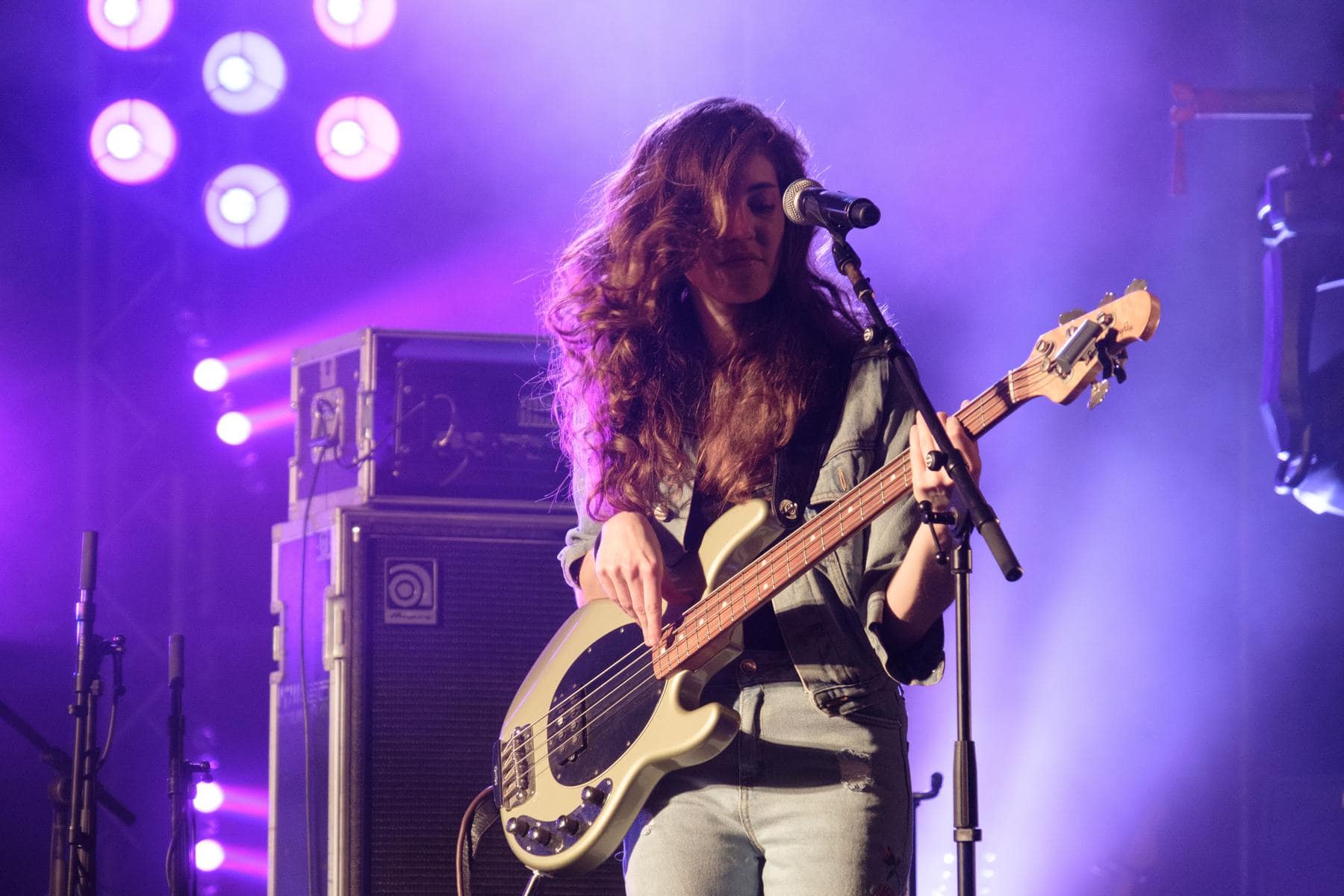
Jazz basses (J-basses) are also beloved. With two pickups, it’s got a wider range of tones to draw from. Most notably, it’s more focused on the mids.
If you want an all around bass that can work on any genre, you probably want the P-bass. It slots easily into most mixes.
The J-bass is a bit more particular. It’s mid-heavy sound makes it perfect for funk as well as some rock.
If you write intricate bass lines that are meant to be on-your-face, the J-bass may be perfect for you.
Strings
The types of strings you use actually play a huge role in your overall tone. You’ll be choosing between flatwounds and roundwounds.
When using flatwound strings, the high end is dulled. Using flatwounds will make your bass sound thicker and warmer.
Roundwounds on the other hand are much brighter. The high frequencies aren’t dulled, so they tend to cut through more clearly.
Generally speaking, flatwounds are better suited for jazz, blues, and r&b. Roundwounds are more popular for rock and pop.
Which one you choose depends on your personal style.
Pickups and Pickup Placement
There are a few different kinds of pickups you can put in your bass.
Pickups convert the vibration from the strings into electrical info. In other words, it’s the link between your bass and your amp. And they play a huge role in your overall tone.
The most important factor with pickups is their placement. Pickups placed closer to the neck will have a deeper, boomier sound. Pickups near the bridge are more nasally.
Most J-basses have both bridge and middle pickups. A middle pickup is smack dab between the neck and the bridge.
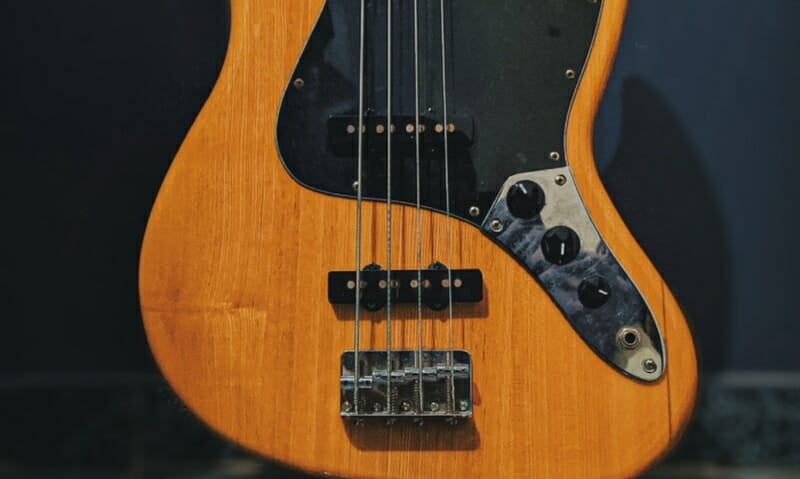
Most p-basses have split-coil pickups set near the neck.
P-basses usually have split-coil pickups, while J-basses usually have single coil.
The types of pickups will have subtle differences. But first and foremost you’ll want to think about how the pickup’s placement will change your sound.
Putting it All Together
Now let’s put all the pieces together.
Remember your target
I’ll take you through the construction of my bass so you can get a feel for how this works.
Since I wanted a thick, bassy tone, my decisions were very simple. I’d need a P-bass with flatwound strings.
While talking to the people at my local guitar shop, I mentioned that I also wouldn’t mind some more vintage flare.
They mentioned that the early P-basses used one single coil pickup instead of split-coils. So with their input I decided to go the single-coil route.
Talking with your local professionals can be a huge help in making decisions that are right for you.
To Pick or Not to Pick?
Plucking the strings with your fingers sounds way different from using a pick.
Picked bass has a sharp, aggressive sound that lends itself to heavier genres. It’s easier to play fast licks with a pick.
Fingered bass tends to sound rounder. It’s got a slower attack
When playing rock I tend to use a pick. It jumps forward in the mix and allows me to play faster.
When playing lighter genres I prefer fingered bass. It lays back in the mix and sounds smoother.
There’s no right or wrong answer! It all depends on how abrasive you want to sound.
Which Amp?
Next, you’ll want to think about your amp.
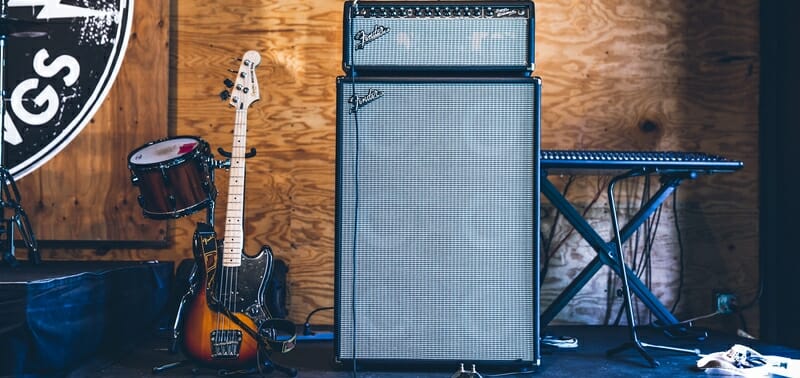
The first thing you’ll want to think about is where you’ll be playing.
If you’ll mostly be playing house shows and clubs, a combo amp will suit you perfectly. Anyone playing big festivals may want an amp head with a dedicated amp cab.
You’ll also be deciding between a solid state amp or a tube amp. Tube amps add pleasant distortion while solid state amps usually sound cleaner.
If you’re a beginner or intermediate bassist, I’d recommend you get a solid state combo amp within your budget. They’re versatile, easy to use, and don’t require tons of upkeep.
Effects
Finally, let’s look at effects that are really common to use with your bass. These can be pedals or part of your amplifier.
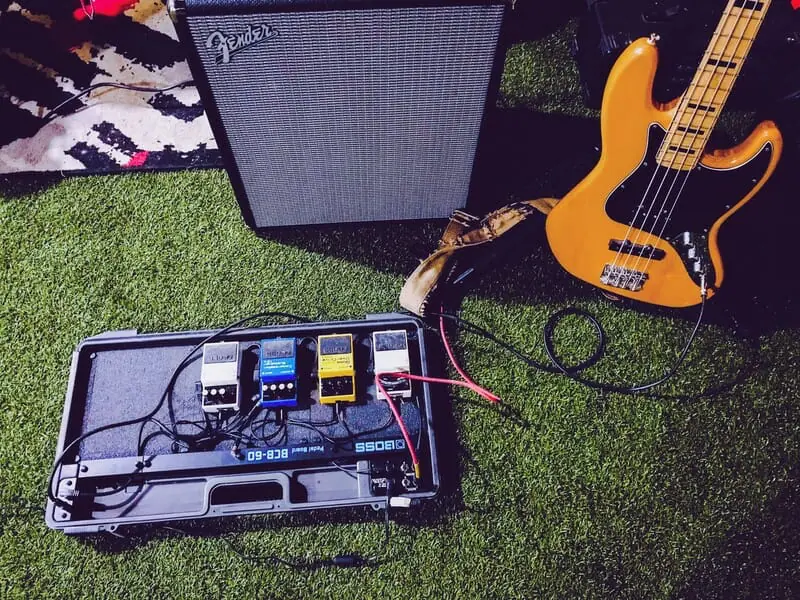
EQ
EQing is one of the easiest ways to get closer to the tone you want.
Does your bass sound too midsy? Turn the offending frequencies down! Want a clearer, brighter sound? Turn up the highs.
Many amps come with an onboard EQ. They’re pretty bare bones but they get the job done.
If you need more control you can get a graphic eq pedal.
Compression
Compression is another key component of many bass tones.
Compression can help your bass sit well in the mix. You don’t want it jumping out in front of the melody after all!
But you can also use it for tonal purposes. Compression can add aggression, thickness, and groove.
If you get a compression pedal, look for one that has a high pass filter. You’ll want a compressor that can ignore the super low frequencies. Subs are notorious for causing overcompression.
Fuzz, Distortion, and Overdrive
Fuzz, distortion, and overdrive are three different ways of distorting your signal.
Fuzz tends to sound, well, fuzzy. It’s a dark, hazy distortion.
Distortion pedals tend to sound sharp.
Overdrive is warm and biting.
Wah
Wah is a pretty specific effect. It boosts an adjustable, narrow frequency range.
By moving that frequency range around, you can make your tone rapidly change in just a few seconds. It’s really popular in funk and some prog music.
Bootsy Collins’ bass is one of the most famous examples.
Emulating Classic Tones
Motown
James Jamerson played bass on countless Motown hits. He’s probably the most influential bass player of all time.
Even if you don’t listen to Motown, it’s worth studying James. From R&B to Punk, bassists of all genres cite Jamerson as an inspiration for their own sounds.
The “Motown sound” occasionally uses an upright bass. But usually it’s a P-bass with flatwound strings. Jamerson would boost the bass frequencies on his amp to get a really low-heavy sound.
Funk
Bass played a huge role in bands like Sly and the Family Stone and Parliament/Funkadelic.
The actual tone varies from song to song. But in general, these funk classics are known for punchy mids and smooth low end.
A rickenbacker bass is often great for this. But they’re also super expensive.
A J-bass is more affordable alternative. Crank the bridge pickup all the way and turn the neck pickup up about halfway.
Some compression will also help!
If you want the really zaney sounds of Bootsy Collins, make sure you grab a wah pedal.
Metal
You may be tempted to crush your bass with tons of distortion. But usually this isn’t the right move!
Your guitarist(s) will already be using plenty of distortion. If you do too, your bass will get lost in the noise.
So aim for a tone that’s clean and aggressive.
A nice boost pedal would be a great investment. You may want to boost the mids and/or highs as well.
Whether you’re using a pick or your finger to pluck, try and add as much attack as you can.
Reggae
Reggae usually features really deep bass.
A P-bass works great because it’s already got tons of low end. Turn down the tone knob. This will roll off a bunch of the high frequencies, creating a deep, dark sound.
Conclusion
Bass is crucial for your song, so it needs to sound amazing.
So keep these tips in mind when you need to change your tone. Your mixes will thank you for it!










